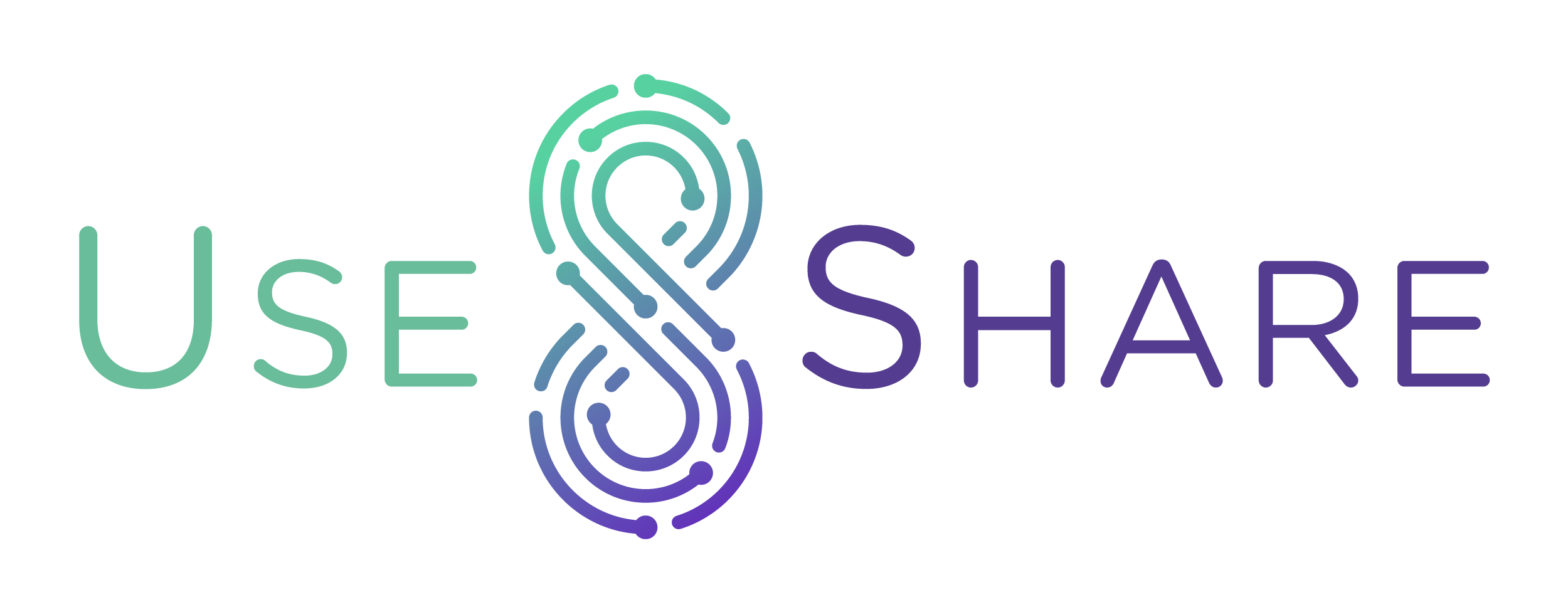Frequently asked questions
WHAT IS HEALTH DATA?
Applicable since May 25, 2018, the General Data Protection European Regulation (GDPR) provides a broad definition of personal health data:
Personal data concerning health should include all data pertaining to the health status of a data subject which reveal information relating to the past, current or future physical or mental health status of the data subject. This includes information about the natural person collected in the course of the registration for, or the provision of, health care services as referred to in Directive 2011/24/EU of the European Parliament and of the Council_ to that natural person; a number, symbol or particular assigned to a natural person to uniquely identify the natural person for health purposes; information derived from the testing or examination of a body part or bodily substance, including from genetic data and biological samples; and any information on, for example, a disease, disability, disease risk, medical history, clinical treatment or the physiological or biomedical state of the data subject independent of its source, for example from a physician or other health professional, a hospital, a medical device or an in vitro diagnostic test.
WHY STANDARDIZE HEALTH DATA?
Data is entered or collected throughout the care pathway. This data needs to be exchanged while remaining unambiguously interpretable by each application reusing it, to ensure continuity of care.
This sharing and reuse of data doesn’t stop at the border of a country. People expect optimal treatment by health professionals wherever they need care. This implies access to their medical record across borders and unambiguous interpretation of its content. Hence the need to standardize health data upstream, using international multilingual reference terminologies recognized by the international community, such as SNOMED CT, LOINC and others.
Another unavoidable need is that of the interactions between the practitioner’s business application and the decision support services or external medical knowledge bases, both of which can be called up in real time with the data of the clinical context of the patient, to provide appropriate insight and assistance to the practitioner.
WHAT IS SEMANTIC INTEROPERABILITY?
Semantic interoperability ensures that the precise format and meaning of exchanged data and information is preserved and understood throughout exchanges between parties, in other words ‘what is sent is what is understood’.
This implies giving an unambiguous and stable meaning to each data element likely to be exchanged, which requires the use of reference terminologies. Thus, each health data element is backed by a concept derived from such terminology, represented by a globally unique identifier interpretable by the machines, and by one or more terms expressed in human language, displayable to the users of these machines.
WHAT CHANGE IS BROUGHT BY SNOMED CT ARRIVAL IN FRANCE?
To be part of the European landscape of health data exchanges, and to be able to produce and use the medical summary of any citizen of the continent, standardized with International Patient Summary (IPS), France must adopt the value sets defined by this standard, many of which are based on the reference clinical terminology SNOMED CT or on the reference terminology for observations LOINC.
Under European impetus, France initiated in January 2022 the process to join the non-profit association SNOMED International to open access to this reference terminology to all stakeholders on its territory, and above all to take an active part in the cooperative growth of this common asset alongside the 43 countries that preceded it.
Usable in France under a free license since November 2022, SNOMED CT provides players in the care chain with the ability to finely describe their actions and clinical findings, in a structured and standardized way facilitating the exchange of this data, its use in real time through decision support processing, or on a large scale through medical research programs or through health surveillance in France and Europe.
WHAT IS USE&SHARE VALUE PROPOSITION TO HARMONIZE HEALTH DATA?
Use&Share services are based on 3 founding principles:
- Data producers are the only ones who can validate a semantic mapping from the data they own to standard vocabularies.
- For this purpose, they need reliable mapping tools using transparent algorithms based on open systems.
- Semantic mapping is the key to interoperability. No organization can claim to have achieved interoperability if its data has not been mapped upstream to standardized semantic resources.
